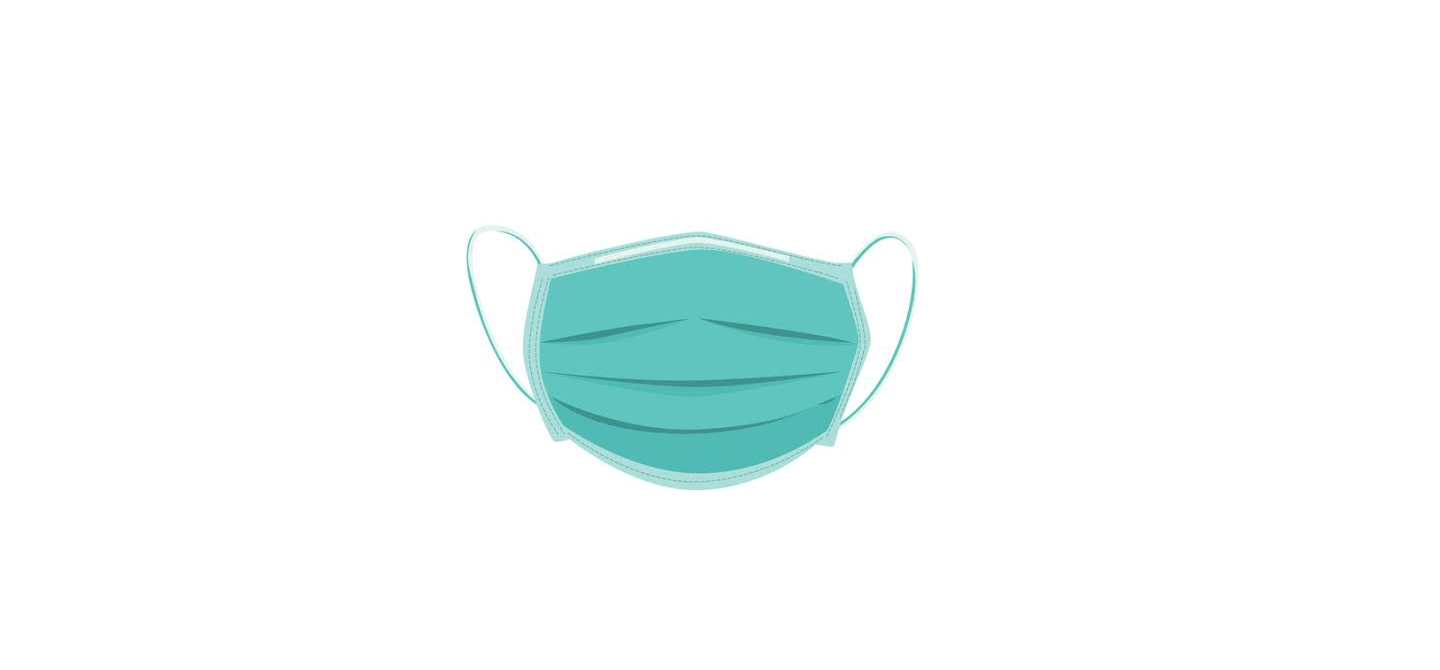While we may consider the ongoing pandemic that exists globally, it is important to know how to prevent the spread of this virus. Hospital masks presently are used by most medical professionals and few individuals residing in a particular country. It is necessary to recognize that the best way to reduce airborne transmission is to use some recommended personal protective equipment. Examples of this mask are the N95 respirators and surgical masks.
The N95 respirators.
This generally is not for public use. They are made to protect medical professionals from liquids that may contaminate the face. They also adequately protect the user from airborne particles. Using the N95 respirators by the general public is not advisable when fighting diseases. Its supplies are limited and are only for medical professionals and few health care workers.
The N95 respirator after being tested is known to block 95 percent of disease particles. Its filtration capacity supersedes that of normal face mask but still cannot eliminate the risk of sickness or death.
The surgical mask.
This is another type of hospital mask created specially to prevent airborne diseases. It is a loose-fitting face mask and creates a barrier between both the nose and mouth of the wearer. There are popularly known to be a disposable device and shouldn’t be worn for more than 24 hours.
The surgical mask as a type of hospital mask is not to be shared among individuals as they are made solely for private use. Many refer to them as a face mask but the truth still exists that not all surgical masks are face masks.
The difference between surgical hospital mask and face mask.
Generally, while the surgical mask and the face mask may look alike, they also have a few differences. While the face mask may be light in weight, the surgical masks are thicker. They are made with more thickness and have more ability to protect the user from liquids. With these qualities, it really affects how well you can breathe with the surgical hospital mask.
Surgical hospital mask, when worn properly, can actively protect the wearer by blocking sprays. Splashes of large particle droplets that may contain a virus. These hinder the virus from having any contact with your face or nose.
While a surgical mask may help prevent large droplets and block sprays, the face mask is designed to block small particles on the air that may be transmitted through sneezing or coughing.
The duration of both the surgical mask and face mask.
Both the surgical mask and face mask are not to be used more than once. Once you notice you can’t breathe easily as before, it is advisable to discard it. For it to be safely discarded make sure its kept in a plastic bag and dumped in a refuse bin.
We really cannot overemphasize the importance of hospital masks which is why most medical professionals must purchase theirs. Get the best quality hospital masks if you can.

